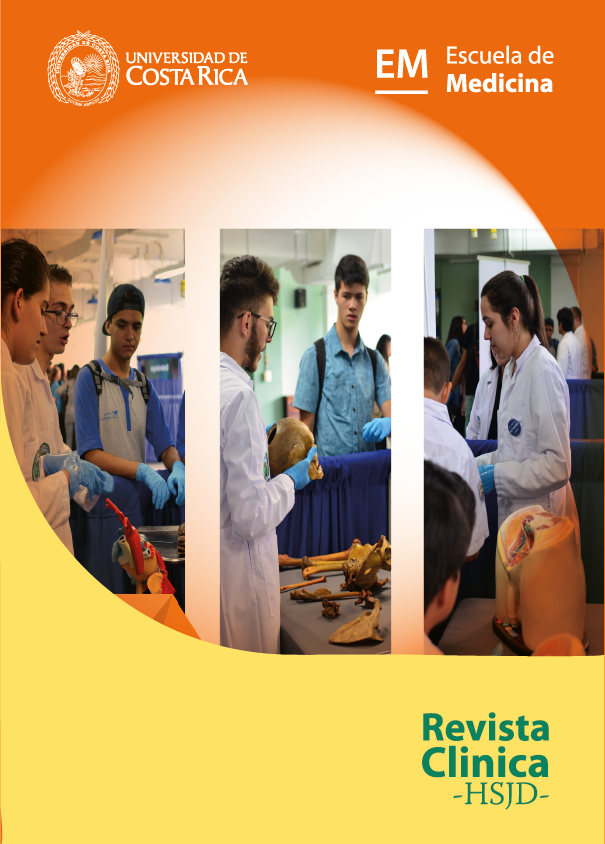Abstract
Hyperparathyroidism after kidney transplantation is a prevalent entity in this population, it generates a negative effect on the kidney graft, presenting a greater risk of graft dysfunction, as well as giving it risk of fracture, vascular calcification and mortality; Proper management of this entity is imperative to minimize side effects. Parathyroidectomy generates a documented 25% decrease in the basal glomerular filtration rate in the different series reviewed. Regarding graft survival, the evidence is contradictory, some studies indicate that it generates a decrease in graft survival, while in other series no alteration in transplant survival is documented. It seems to be the most effective traditional method for controlling parahormone and calcium. Pharmacological management with cinacalcet is impressive to present itself as a suitable alternative in the management of hypercalcemia due to hyperparathyroidism without documented adenoma, it achieves adequate calcium control, however, it is not so suitable for the control of parathormone, there is no proposed alteration on kidney function or graft survival. Therefore, it is impressive that pharmacological management should be considered in patients with hyperparathyroidism after kidney transplantation, for at least one year, and reserve parathyroidectomy only in those cases with documented adenoma or failure to treatment with cinacalcet.


